#Deer Valley Petroglyph Preserve
Text

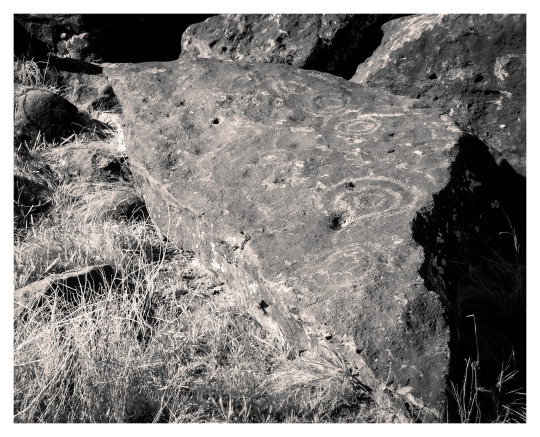
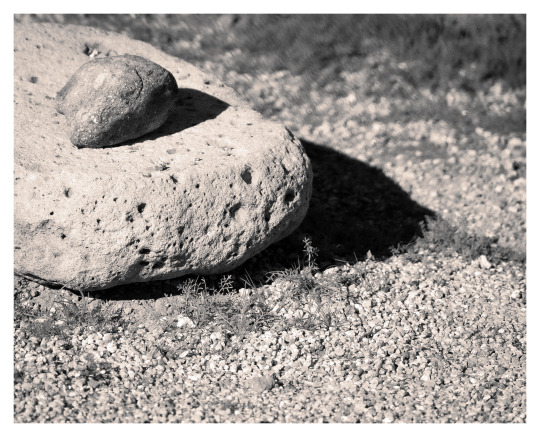


Rock art at the Deer Valley Petroglyph Preserve, Phoenix, Arizona.
87 notes
·
View notes
Text
Ancient Native Americans of Utah
I have been trying to connect more with the desert I am currently residing in. It has occured to me that if I want to learn how to better connect with the nature here, that the peoples who once called this place home long ago might have some wisdom. So I am compiling a bit of information for myself. This is only a very broad summary but is a nice jumping-off point for research.
I should also note I am focusing on the past-- how peoples lived here before white colonials arrived.
Ancestral Puebloans
Archeologists have traced the Ancestral Puebloans as a distinct culture that existed at around 7,000 BCE (which is 9,000 years ago). They lived in what is present-day the Four Corners region of the US, the land at the corners of Utah, Colorado, New Mexico and Arizona. They lived there for over 1,000 years, but then, around 1275 - 1300 A.D, they abandoned this location and migrated further south and east to live elsewhere.
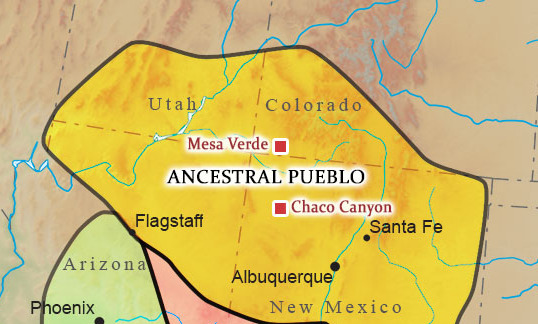
(It’s important to note that the Ancestral Puebloans are sometimes known by another name, a label that archeologists assigned them: An*sazi. Modern Puebloans do not like this term, and it should no longer be used. However, you’re likely to come across the term a lot, as many people have not transitioned over to the new name.)
The Ancestral Puebloans used a mixture of farming along with traditional hunting and gathering. Corns, beans and squash, along with tobacco and other plants were farmed. Farming often took place near rivers, so that they could dig irrigation ditches and even build small reservoirs. Excess food from farming was stored in granaries, so the food could be used during harsher times.
The homes of the Ancestral Puebloans began as ‘pithouses,’ homes that were dug into the earth, supported by wooden beams with a roof that was covered in thatch. A small hole with a ladder was used as an entrance, and there was also a hole for smoke from the hearth to escape. These homes were cool in summer and warm in winter because they took advantage of the natural insulation of the underground.
However, later on, the Ancestral Puebloans began making different dwellings. There are many buildings left behind that are rather grand, dramatic structures: homes built directly into the sides of cliffs, made of stone and clay. These dwellings could only be accessed by ladders or ropes. It is thought they were possibly built this way for protection, perhaps in defense against competing tribes. Some of these cliff dwellings made up some surprisingly large villages, making up multi-story, mutli-roomed apartment-style complexes-- something archeologists call “great houses.” The great houses included rooms for living, storage and communal spaces.
Another common piece of evidence left behind by these peoples was rock art. There are many sites that contain petroglyphs (images scratched or carved into stone) and pictographs (images painted onto stone with natural pigments). These are generally found in caves or places not too exposed to the elements, since these places are more likely to preserve the ancient images.
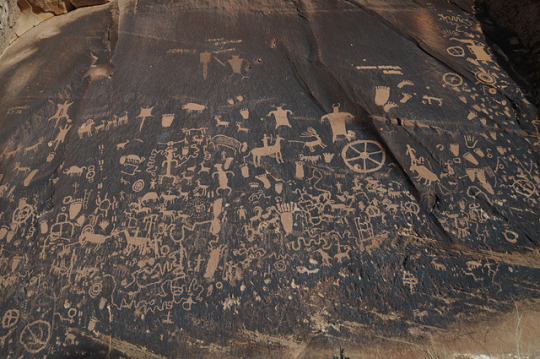
These pictures included many animals, people, animal tracks, stars and symbols. Among these pictures was also a fertility diety named ‘Kokopelli.’
Other objects found by archeologists include beautiful pottery, musical instruments, jewelry, and baskets.
Why did the Ancestral Puebloans eventually leave their home and migrate elsewhere? There are a number of theories; there were a series of droughts that probably made life much harder. The overall climate become drier and hotter. The population was quite larger and possibly overpopulated for the land’s carrying capabity. And, it is possible that the local tree and water resources were dwindled. In any case, the Ancestral Puebloans probably migrated for greener pastures and merged with other areas.
The “Fremont” People
There was another group of Native Americans that were contemporaries of the Ancestral Puebloans. Archeologists believe they were culturally distinct as their own group. The archeologists have named these people “the Fremont people,” after the river we now call the Fremont River. In turn, the Fremont River is named after the white American explorer John C. Frémont. So, keep in mind that “the Fremont people” is simply an archeology label, not the ‘true’ name.
Their range was mostly in the land that is now the state of Utah.
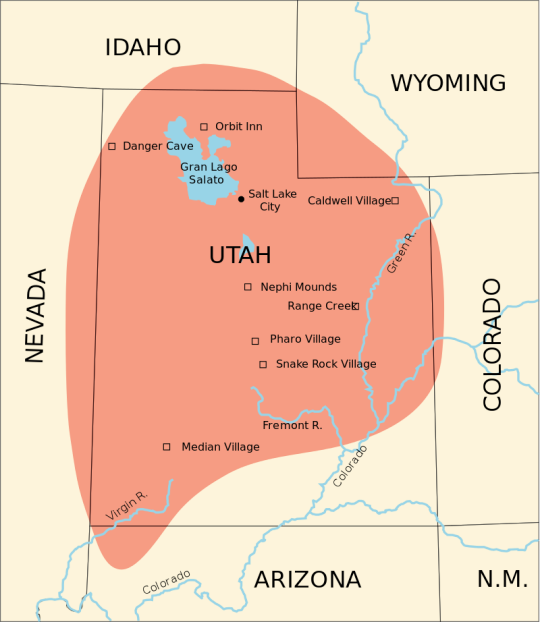
Among the Fremont people’s unique cultural traits were a distinctive basket-weaving style, the use of mocassins as opposed to sandals, unique pottery, people depicted in rock art with trapezoidal bodies, and intricate little clay figurines.

By 1300 AD, the Fremont people begin to vanish from the archeological record. Their ‘disappearance’ was possibly due in part to being displaced by other tribes that were starting to migrate to the area. The shifting climate was probably another factor. In any case, the Fremont people either migrated or were absorbed by other cultures.
The Ute
The Ute started out in the California/Nevada area, but at around 1300 AD, they migrated to the Four Corners area, which of course includes Utah. In fact, the Native American word “Ute” (meaning ‘land of the sun’) gave Utah its name! The Utes emphasized hunting and gathering and lived in wickiups (and, later, teepees). An important cultural practice of theirs was the Bear Dance. The Utes are a modern tribe today.
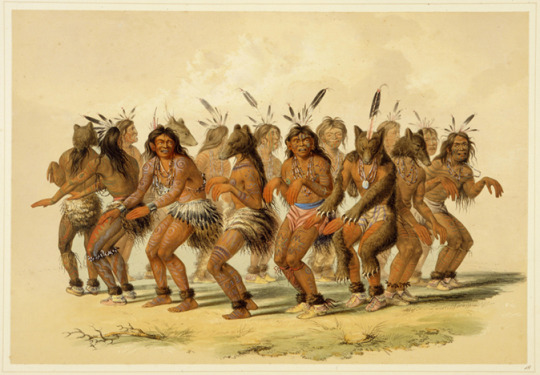
Shoshone
The Shoshone were another group that arrived in Utah around the same time. They were highly nomadic, traveling in accordance with the seasons for hunting and gathering food. Such plant foods included pine nuts, roots like wapato and wild onions, and berries such as chokecherries and gooseberries. Game animals included rabbits, grouse, and deer. There isn’t much information about them during the times before they came in contact with white people. However, we do know the Shoshone called themselves the ‘Newe’ (which means ‘the people’). The Shoshones have modern bands today.
Goshute
The Goshute were offshoots of the Shoshone. Their name means “desert people.” They migrated into Utah from California’s Death Valley, so they certainly were very experienced with desert life. Typically they lived as small family units, but would gather in larger groups to hunt or for pine nut harvests. Because they lived in some of the harshest regions of desert, they were insulated against white people’s interference until relatively late. However, the Mormons did eventually arrive. The Goshutes have modern tribes today.
Paiute
The Paiute migrated to Utah along with the other groups of Numic-language speakers, roughly around 1200 AD. Stories from these people included tales of Wolf (the elder brother) and Coyote (the younger trickster), two deities. Like the other groups, the Paiutes were hunter-gatherers, although they sometimes practiced limited farming near rivers (such as the Virgin River). Again, the arrival of the Mormons was the time period when white people killed them and destroyed their homeland and lifestyle. The Paiutes have a modern tribe today.
4 notes
·
View notes
Text
View Ancient symbols at Deer Valley Petroglyph Preserve, Phoenix
View Ancient symbols at Deer Valley Petroglyph Preserve, Phoenix
Just north of Phoenix, the Deer Valley Petroglyph Preserve protects over 1,500 symbols cut into boulders by several ancient cultures.
Ancient rock art in Deer Valley
While modern Phoenix is a young city, people have inhabited this area for thousands of years.
Some of the earliest people left evidence of their presence here in the form of symbols cut into the rocks. Several of these sites exist…
View On WordPress
0 notes
Photo
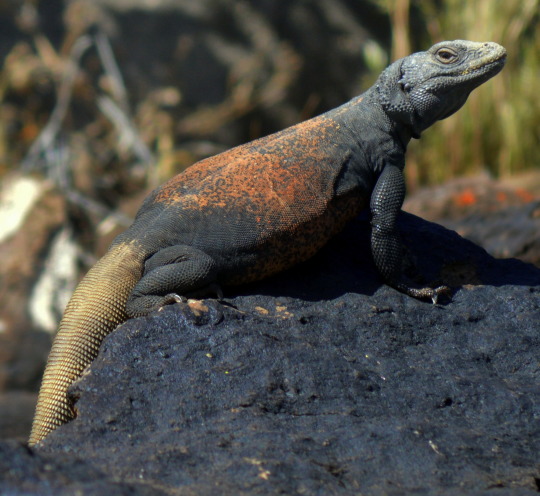
Common chuckwalla (Sauromalus obesus ♂). This stout fellow was about 9 inches long (23 cm) from snout to vent. And its tail added another nine inches.
At the Deer Valley Petroglyph Preserve in Phoenix, Arizona.
#photographers on tumblr#common chuckwalla#Sauromalus obesus#Deer Valley Petroglyph Preserve#Phoenix#Arizona
179 notes
·
View notes
Photo
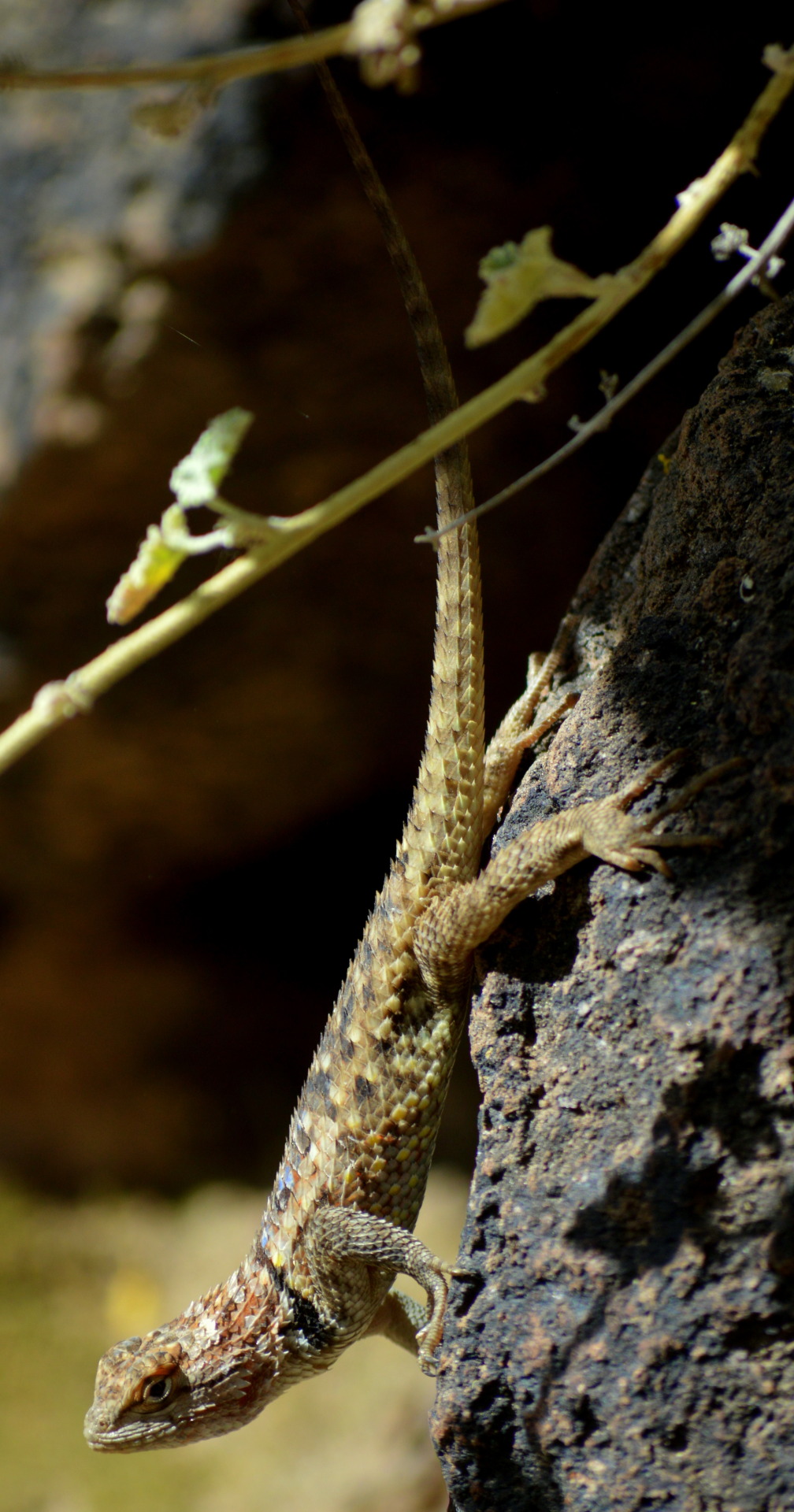
Desert spiny lizard (Sceloporus magister ♀), at the Deer Valley Petroglyph Preserve in Phoenix, Arizona. This is a large lizard, about 5.5 inches (14 cm) from snout to vent.
#photographers on tumblr#desert spiny lizard#Sceloporus magister#Deer Valley Petroglyph Preserve#Phoenix#Arizona
172 notes
·
View notes
Photo
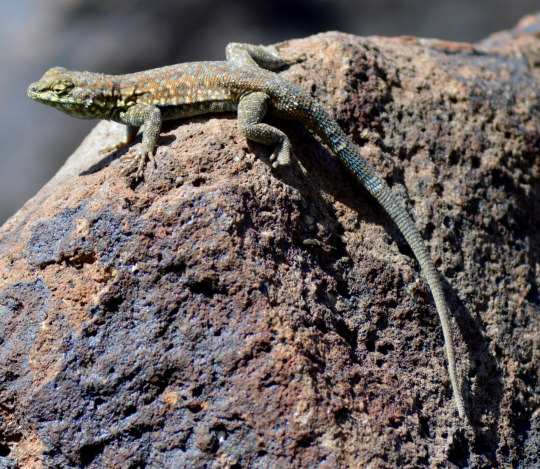
Common side-blotched lizard (Uta stansburiana), at the Deer Valley Petroglyph Preserve, Phoenix, Arizona.
#photographers on tumblr#common side-blotched lizard#Uta stansburiana#Deer Valley Petroglyph Preserve#Phoenix#Arizona
30 notes
·
View notes